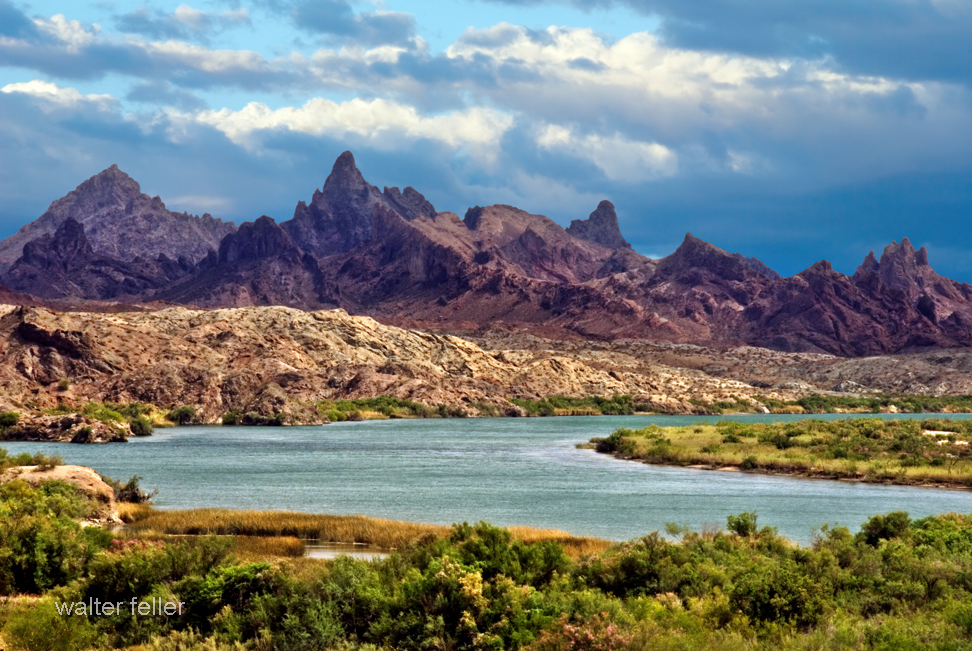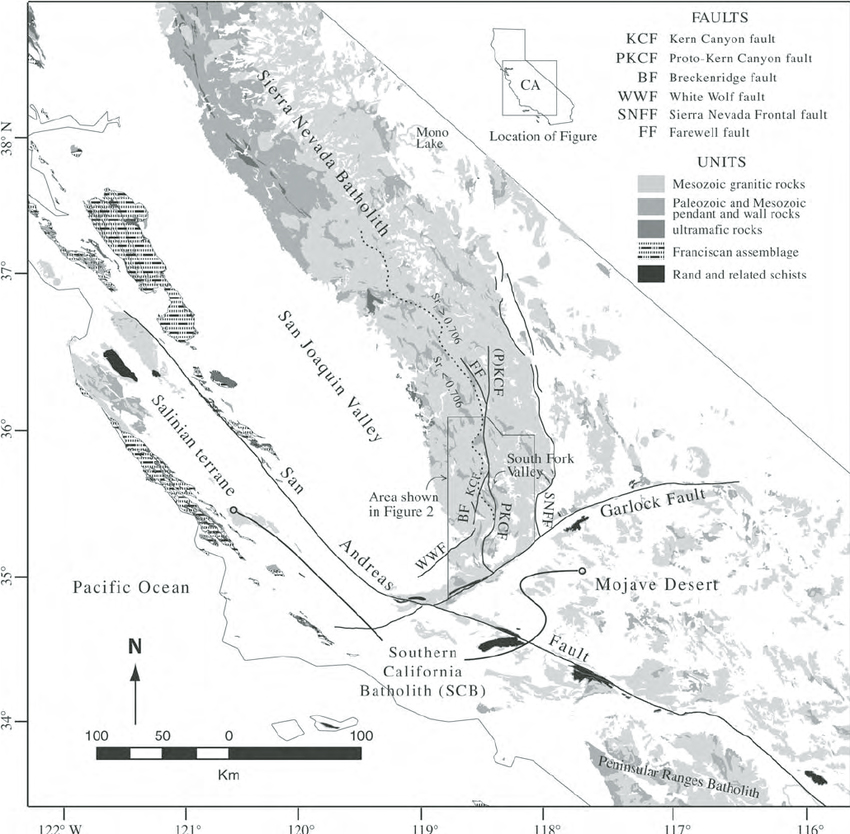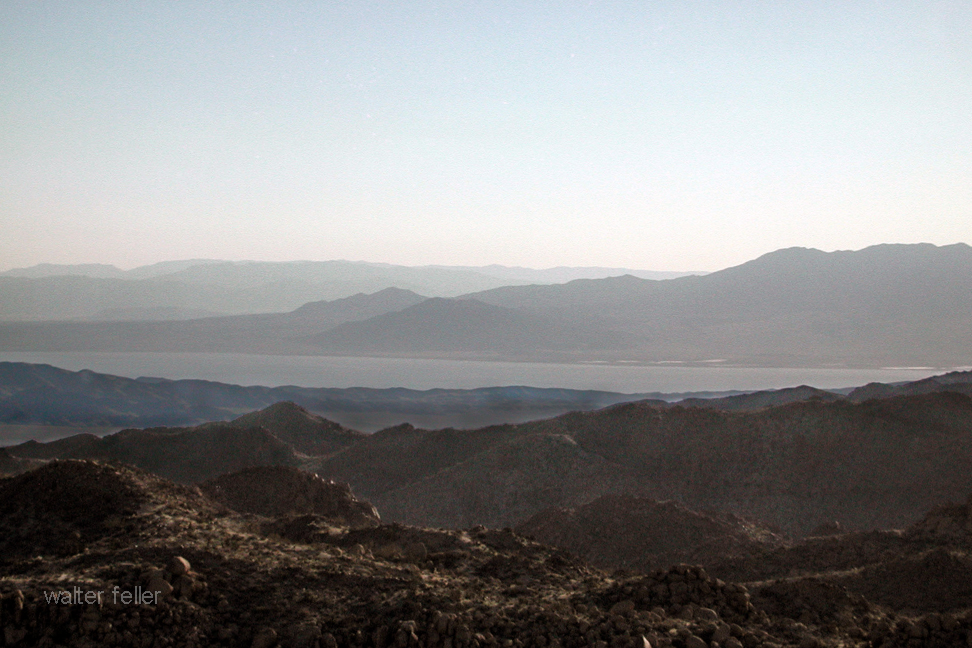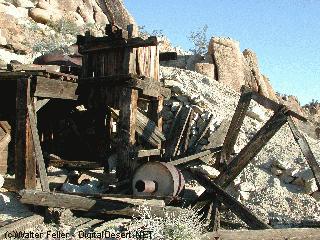/amboy-crater/

Amboy Crater is a remarkable natural feature in the Mojave Desert, offering visitors a unique opportunity to explore a dormant volcanic cinder cone and its surrounding landscape. Here’s an expanded look at what makes Amboy Crater a popular attraction:
Geological Significance
- Formation: Amboy Crater is a cinder cone volcano that formed during an eruption approximately 79,000 years ago. The eruption produced the cone and extensive lava fields that stretch across the desert floor.
- Volcanic Structure: The crater stands about 250 feet above the surrounding landscape and has a diameter of about 1,500 feet—the crater’s interior features a flat floor and a breached rim, indicative of past volcanic activity.
Attractions and Activities
- Hiking to the Crater:
- Trail Information: The hike to the summit of Amboy Crater is a moderately challenging trek of about 3 miles round trip. The trailhead is equipped with interpretive signs that provide information about the volcanic history and the local ecology.
- Trail Experience: The trail leads through lava fields and desert terrain, offering a chance to see various volcanic features up close. The ascent to the crater rim provides stunning views of the surrounding desert.
- Exploring the Crater:
- Crater Interior: Once at the top, hikers can descend into the crater’s interior, which features a flat floor covered with volcanic ash and small rocks. It’s a unique landscape that feels almost otherworldly.
- Scenic Views: The crater’s rim offers panoramic views of the Mojave Desert, including the vast lava fields and distant mountain ranges. The view is particularly striking at sunrise and sunset.
- Wildlife and Flora:
- Desert Plants: The area around Amboy Crater is home to various desert plants, including creosote bushes, cacti, and wildflowers. During spring, the landscape can be dotted with colorful blooms.
- Wildlife: Visitors might spot desert wildlife like lizards, snakes, and birds. Despite the harsh conditions, the area’s natural habitat supports a diverse ecosystem.
- Photography Opportunities:
- Landscape Photography: The stark contrast between the black lava fields and the sandy desert creates dramatic photo opportunities. The crater’s unique geological features make it a favorite subject for photographers.
- Astrophotography: Amboy Crater’s remote location and lack of light pollution make It an excellent spot for stargazing and astrophotography. The clear desert skies provide breathtaking views of the night sky.
Visitor Information
- Location and Access: Amboy Crater is located off historic Route 66, near the town of Amboy. The site is accessible via a well-maintained dirt road and a parking area at the trailhead.
- Facilities: The trailhead features shaded picnic tables, informational kiosks, and restroom facilities. There is also a viewing platform for those who prefer not to hike but still want to enjoy the scenery.
Historical and Cultural Context
- Route 66: Amboy Crater is situated along the iconic Route 66, adding a layer of historical significance. The nearby town of Amboy and the famous Roy’s Motel and Café provide a nostalgic glimpse into the heyday of America’s Mother Road.
- Cultural Significance: The crater and its surroundings have been a significant landmark for indigenous peoples, early travelers, and modern explorers. It has been a navigation point and a source of fascination for centuries.
Safety and Preparation
- Hiking Precautions: Due to the harsh desert environment, hikers should come prepared with plenty of water, sun protection, and appropriate footwear. The trail can be challenging, especially in hot weather.
- Weather Considerations: The best times to visit are during the cooler months of fall, winter, and early spring. Summer temperatures can be extreme, making hiking hazardous.
Conservation Efforts
- Protected Area: Amboy Crater is designated a National Natural Landmark, recognizing its geological significance and ensuring its protection for future generations.
- Responsible Tourism: Visitors are encouraged to practice Leave No Trace principles, respecting the delicate desert environment and preserving the area’s natural beauty.
Amboy Crater offers a unique blend of geological wonder, natural beauty, and historical intrigue. Whether you’re an avid hiker, a photography enthusiast, or simply curious about the natural world, Amboy Crater provides a memorable and enriching experience in the heart of the Mojave Desert.








